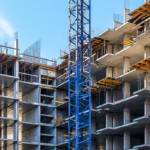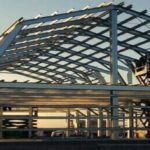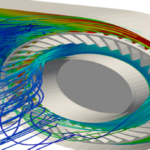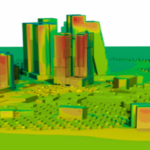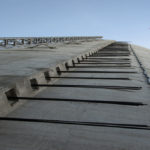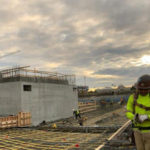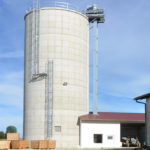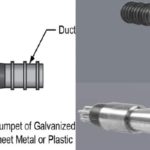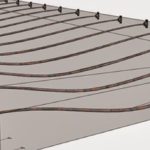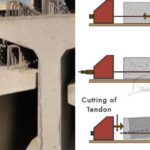Blog
Seicmic Isolator

The effects of strong dynamic effects such as destructive earthquakes, hurricanes and large tsunamis on buildings and how to protect these structures from dynamic effects have always been the subject of research. Although materials and techniques prepared with advanced technology are used in building construction in developed countries, it cannot be guaranteed that a building will not be damaged in the face of a possible dynamic effect.
Unfortunately, we cannot predict the dynamic forces we mentioned, so serious damage can occur when the load is placed on the structure, apart from the design load. Most of the damage occurs as a result of the non-structural elements moving with high acceleration as a result of deterioration of the rigidity. In other words, it is not enough for us that the structural elements are not damaged after the disaster situation experienced, but it is also expected to protect the sensitive devices that are more expensive. At this point, an alternative method is sought in addition to traditional methods. These methods are generally materials or systems that maintain rigidity by applying force against the applied force or absorb and damp the impact. These methods can be described under three main headings as active, passive and semi-active. In active control systems, the control force is generated by using another power source. Passive control systems absorb and absorb seismic energy without the need for another power source. Semi-active control systems can work with very small batteries. In addition, semi-active control systems can control damping and stiffness during an earthquake. As a result of the use of these three systems together, mixed systems have emerged.
Let’s examine in more detail the earthquake insulation, which concerns us closely due to the fact that our country is located in an active earthquake zone. The history of seismic isolation systems, which have been internationally applied for years, is relatively new in our country. In contemporary earthquake engineering, besides protecting human life, it is aimed to keep the structures of high importance such as hospitals and airports functional during and after the earthquake. To define it, seismic isolation, which has been continuing its international practices for years but has a relatively short history in our country, is the ability to act independently of the foundation in a way that prevents the upper part of the structure from absorbing earthquake energy. The first application example in our country is the Tarsus-Adana-Gaziantep Highway, in Atatürk and Bolu Viaduct; At Sabiha Gökçen and Antalya Airport; It was used in Kocaeli University Hospital and Erzurum State Hospital.
Base Insulation System Application and Properties
In the base insulation system, the superstructure is separated from the ground movement by placing structural elements with low rigidity on the horizontal axis and high rigidity on the vertical axis between the structure and the foundation. With the insulator used, while rigid displacement occurs in the upper structure, the force of the carrier elements is reduced, and the damage remains at a limited level in non-carrier.

Earthquake insulators placed on the base of the building increase the period of the building and reduce the earthquake forces that will come from the ground to the structure.

Earthquake isolators are used in two types.
1) Rubber Insulators

Hard Rubber; It enables the structure to displace in the horizontal direction during an earthquake, and allows the superstructure to undergo the earthquake movement by making constant displacement.
Steel plate; It meets the axial forces coming from the structure.
Core; lead etc. It is produced from material and provides the absorption of earthquake energy.
2) Pendulum Insulators

When the earthquake forces the isolator, the steel sphere between the upper and lower plates starts to slide on the lower plate and makes small oscillations like a pendulum. Earthquake with the resulting dynamic friction force
Latest Blog
-
Silo Static Project
29 July 2024 -
Methods Used In Earthquake Performance Analysis
4 July 2024 -
Reinforced Concrete Calculation Static Report
31 January 2024 -
Steel Calculation Static Report
31 January 2024 -
What Is CFD Analysis?
22 December 2023 -
What Are The Benefits Of CFD Analysis?
22 December 2023 -
Silo Reinforcement with Post-Tensioning Method
26 September 2023 -
Post Tensioning Method in Cantilever Slabs
4 September 2023 -
Post-Tensioning Application In Reinforced Concrete Silos
22 August 2023 -
Components Of Post Tensining
16 August 2023 -
What Are Pre-Stressing And Post-Tensioning?
11 August 2023 -
What is Prestressing?
8 August 2023 -
History Of Post Tensioning
8 July 2023





